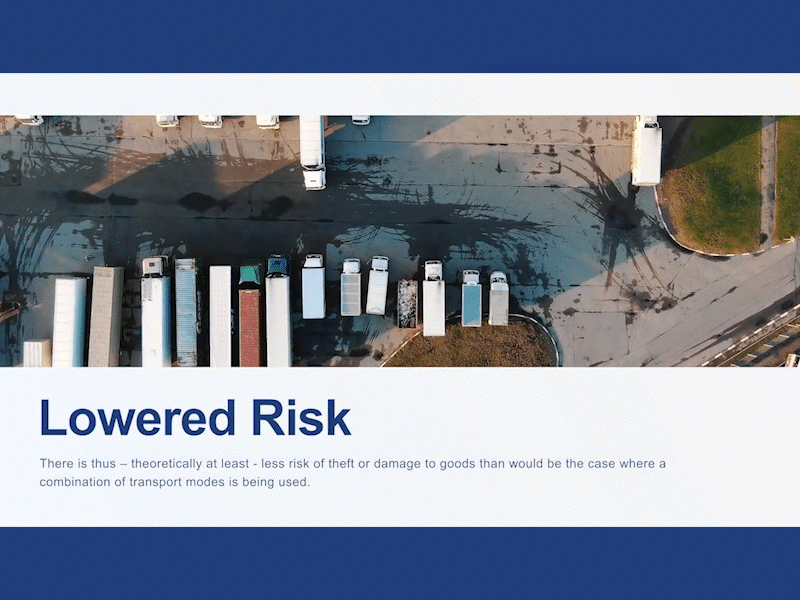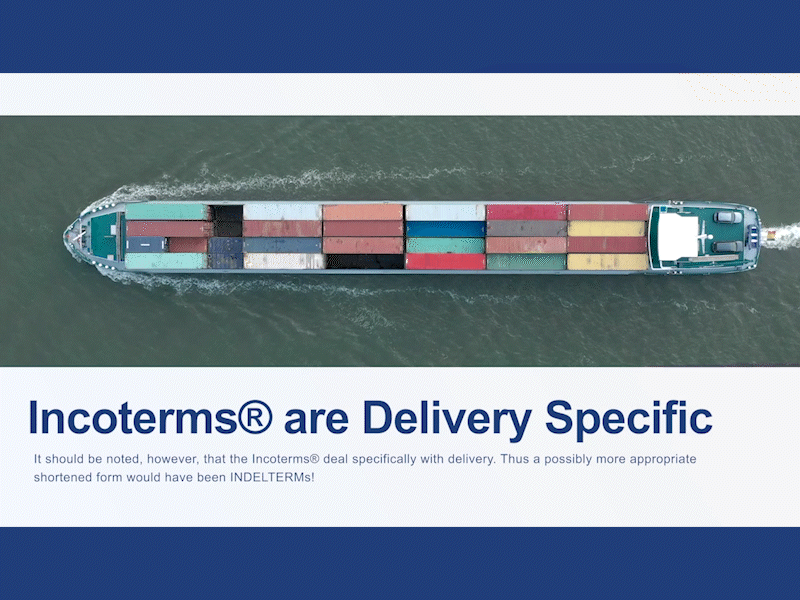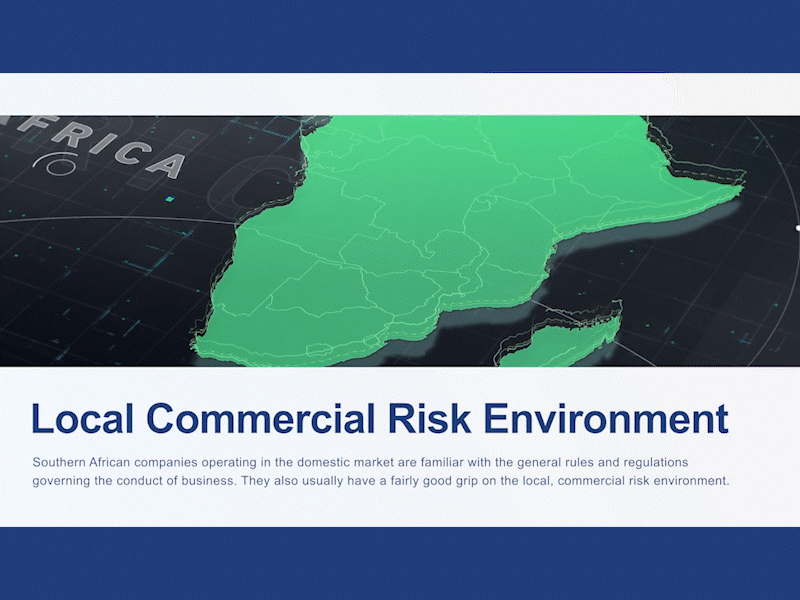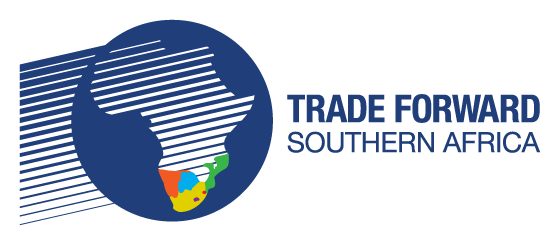Before the internet, libraries were the go-to source of knowledge and information. While it wasn’t as easy as typing a short phrase into a search bar in order to get the input you required, all the books were categorised by subject matter using a standardised classification system. No matter which library in the world you found yourself, you would have been able to find the book you needed in no time.
Much like library books, your products should be classified according to international standards in order to boost their exportability. The most commonly used standards are those constituting the Harmonised Commodity Description and Coding System or HS. By assigning the correct HS code to your products, you facilitate both the transport and the customs clearance of your export products in foreign trade markets.
Similarly, by adhering to international quality specifications, your products will be acceptable to both buyers and regulatory authorities in most countries. The most commonly used international quality system is that developed by the International Organisation for Standardisation or ISO.
Classifying your Products using the HS
The Harmonised System (HS) was developed by the World Customs Organisation, otherwise known as the WCO. The primary function of this organisation is to promote the standardisation of customs procedures amongst its members. In so doing, a huge barrier to trade is lifted as all countries across the world implement a standard set of customs practices. The HS enables exporters to classify their products using a six-digit code to assist carriers and customs officials to seamlessly transport and clear goods for export and import purposes.
ISO Standards and Why they are Important
The ISO, which stands for international Organisation for Standardisation, focuses mainly on the standardisation of international processes. They have developed amongst other standards (the ISO 14001 environmental protection standards, the ISO 45001 Occupational Health & Safety standards and more), the ISO 9001 quality management system which is used by more than one million companies worldwide. The ISO 9001 system contributes to your export readiness by setting out criteria that enable your company to produce high quality products and services. In other words, it ensures that your product offerings meet international quality standards. In addition to the ISO standards already mentioned, the organisation has also created ISO general cargo-handling symbols and specific, ISO dangerous goods handling symbols which are displayed on packs and are intended to prevent damage to cargo from rough or inappropriate handling.

Complying with international standards such as those developed by the WCO and the ISO gives you an advantage over other businesses in the global arena which do not meet these standards.
The TFSA School of Export houses a wealth of information that will equip you with the tools and knowledge you need to become more than ready to take on foreign trade competitors! It is the only source of export assistance you need to take on foreign trade markets – create your free profile today and begin your export learning curve today!
To sign up to the School of Export CLICK HERE.
If you already have a profile, CLICK HERE to login to begin the module.










Leave a Reply